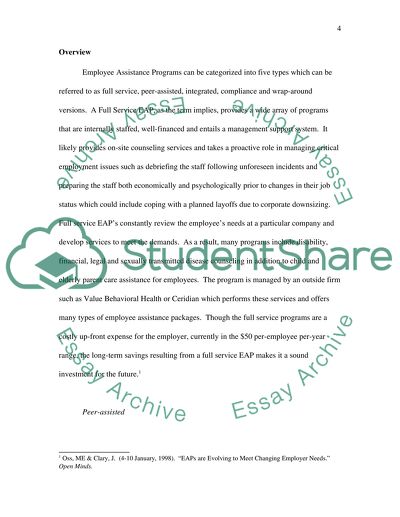Cite this document
(“Employee Assistance Programs Essay Example | Topics and Well Written Essays - 2000 words”, n.d.)
Retrieved from https://studentshare.org/human-resources/1540556-employee-assistance-programs
Retrieved from https://studentshare.org/human-resources/1540556-employee-assistance-programs
(Employee Assistance Programs Essay Example | Topics and Well Written Essays - 2000 Words)
https://studentshare.org/human-resources/1540556-employee-assistance-programs.
https://studentshare.org/human-resources/1540556-employee-assistance-programs.
“Employee Assistance Programs Essay Example | Topics and Well Written Essays - 2000 Words”, n.d. https://studentshare.org/human-resources/1540556-employee-assistance-programs.


